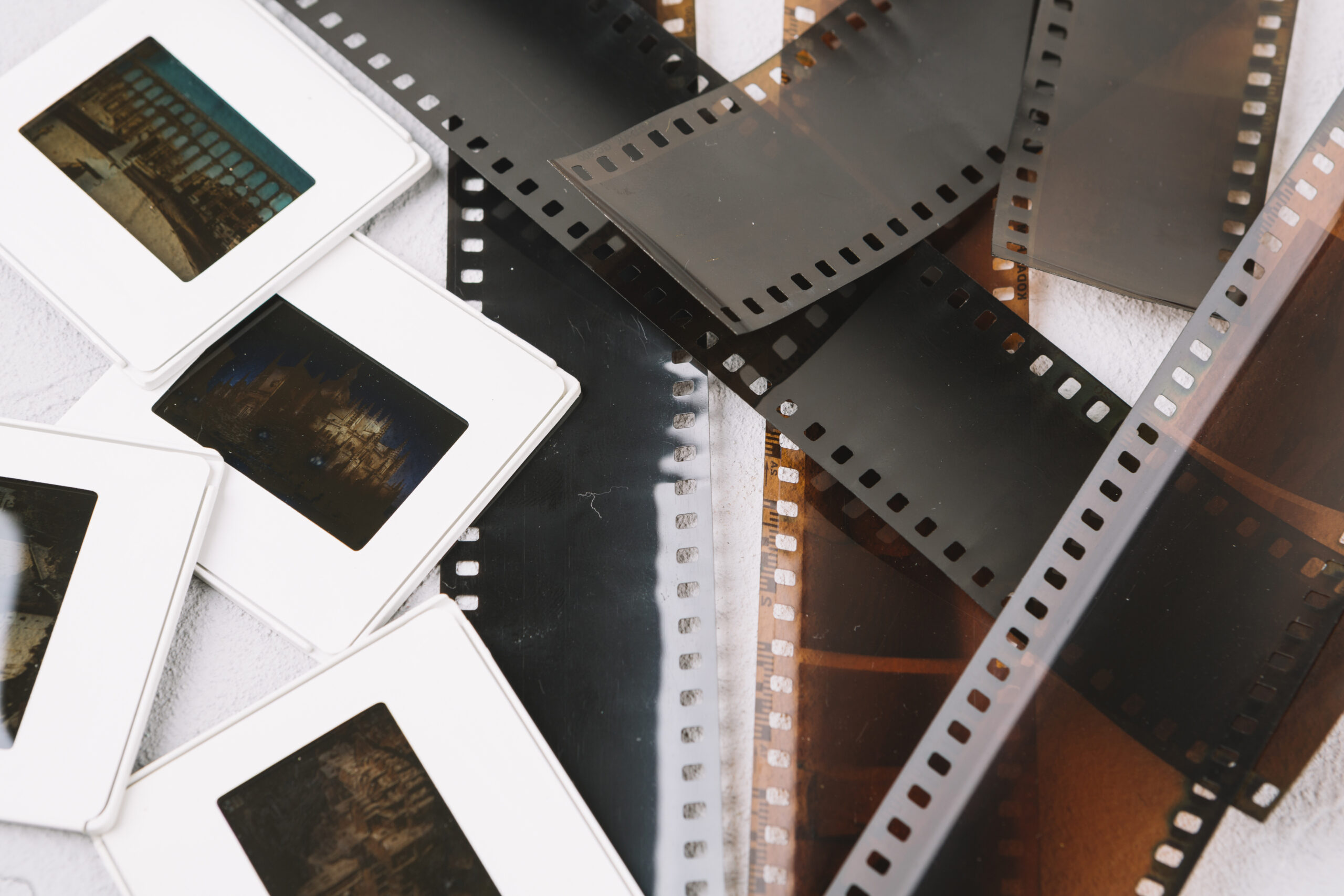In offset printing, the term “film” or “film services” refers to a step in the prepress process that was historically used but has become less common with the advent of digital technology. It involves creating physical film sheets that represent the various colors and elements of the printed design. These film sheets are used to produce printing plates for the offset printing press.
Here’s how the process typically worked:
1. Design and Layout: Graphic designers would create the artwork and design for a printed piece using software like Adobe Illustrator or Adobe InDesign.
2. Color Separation: For full-color printing, the design is separated into four primary ink colors: Cyan, Magenta, Yellow, and Black (CMYK). Each color component would be separated into individual elements or layers.
3. Film Output: Film sheets were created for each of the separated color components. This involved exposing photographic film with the image of each color separation, creating four separate films for CMYK.
4. Film Alignment: These film sheets were then aligned and used to create printing plates. Printing plates are metal or polyester plates with a photosensitive emulsion that is exposed to light through the film. The areas exposed to light harden and become the printing surface.
5. Plate Preparation: The printing plates, one for each color, are then mounted on the printing press, where ink is applied to them and transferred to a rubber blanket cylinder before being transferred onto the paper.
6. Printing: The offset printing press runs the sheets of paper through the press, applying each color layer one at a time in precise registration to create the final full-color printed piece.
With advancements in printing technology, many print shops have transitioned to digital printing methods, which eliminate the need for film and printing plates. Instead, digital files can be sent directly to a digital press, simplifying the prepress process and reducing setup time and costs. However, in some cases, especially for large print runs or specific printing requirements, offset printing with film and plates may still be used.
The use of film services in offset printing has become less common, but it remains an important part of the history and traditional workflow of the printing industry.

